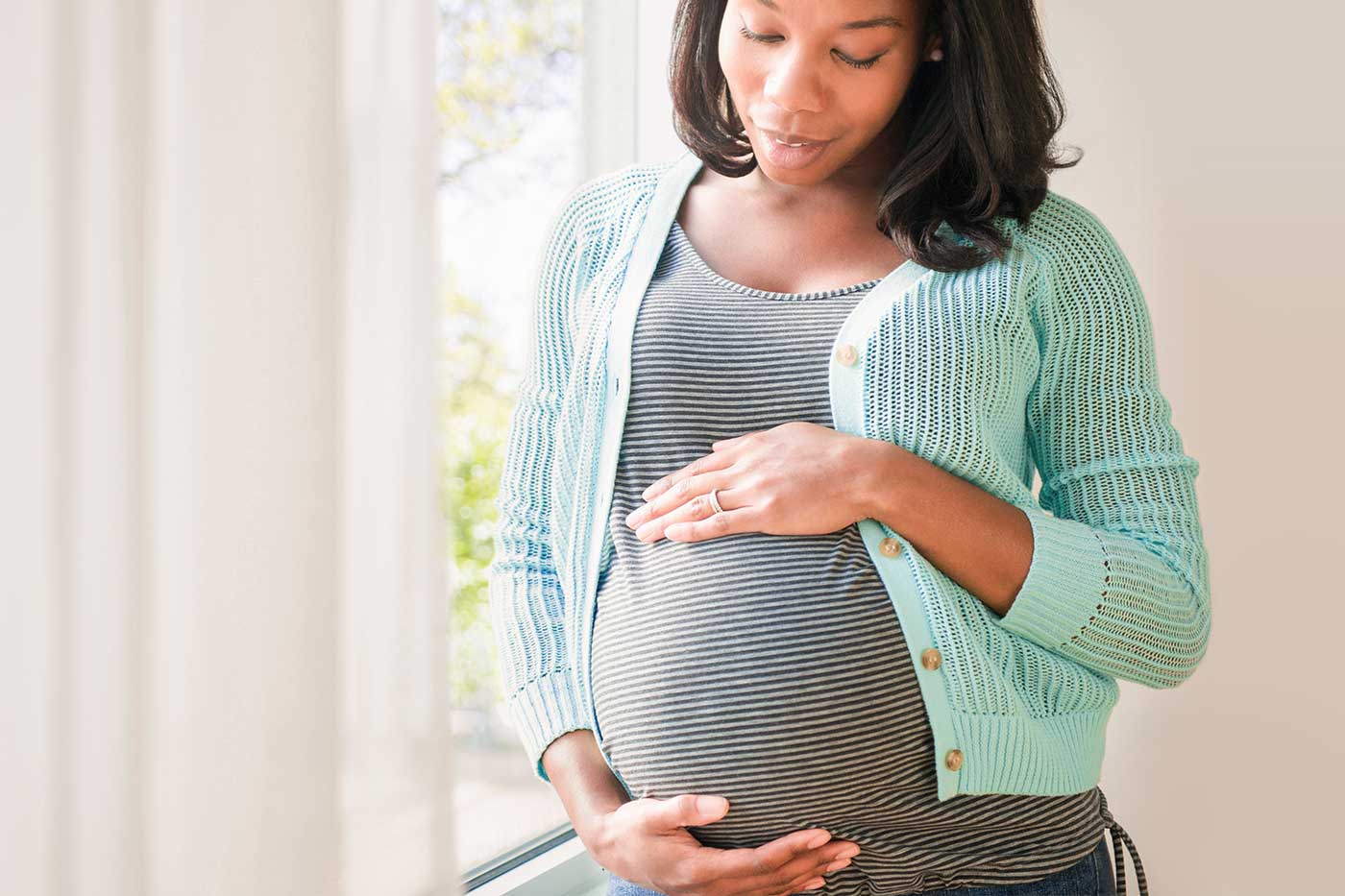How to recognize the signs of labor
Produced by:


Clinically reviewed by: Optum National Clinical Review Team
Pregnancy is such a beautiful experience and one that women are not soon to forget. For months, you are preparing for and anticipating the arrival of your precious newborn child. However, as the end of your pregnancy approaches, you may find yourself getting a bit anxious and even fearful of knowing when you should get to the hospital in time for your delivery.
For nine months your body has undergone a tremendous change and has presented with common symptoms you have become familiar with. However, when it is time to give birth, you will begin to experience a whole new set of signs. It is important to be able to tell the difference between signs of false labor and signs telling you it is time to head to the birthing center or hospital.
It can be difficult and confusing to know the difference between false and real labor signs. As you near closer to your due date, you may experience Braxton-Hick’s contractions, which are common towards the end of the pregnancy.1
Indicators of Braxton-Hick’s contractions:
- Irregular and unpredictable contractions that do not become closer together.2
- May be relieved with a change in position or movement.1
- Pain does not increase.3
Signs and indicators that you may be in labor
- Lower position/lightening: Your baby has dropped – when you notice that your baby has moved downward toward your uterus, this is a first sign that your baby is getting ready to be born.1 You will typically experience easier breathing when this occurs because your precious little one is not putting pressure on your ribs or diaphragm any longer. You may also find yourself having to urinate more now because the baby is now adding pressure to your bladder instead.
- Show of blood/Bloody show: As you get closer to your birth date, you may notice you lose your mucus plug which can present with some discharge that may be brownish, pink or tainted with blood.1,2 No need to worry, this is normal and happens within days or minutes of your child’s birth.
- Water breaks: When the amniotic sac, which protects your baby during pregnancy, ruptures this is when your water breaks.1 It may come as a gush of fluid or steady trickle.2,3 Be sure to contact your doctor when this occurs.
- Strong contractions: When you begin to feel strong contractions in your pelvic or back area regularly.1,3 Contractions typically begin in the lower back and move forward.
- Lower back pain and cramping: Pain in your lower back that does not go away with movement or change in position could indicate labor.1
If you are experiencing the symptoms mentioned above, it may be time to call your doctor. You may be in labor, or your body may be sending signs that the time is approaching.1
Talking with your doctor
It’s important for you as a new parent, to know what to expect and what to look out for. Your doctor can guide you through the necessary precautions and give you the information you need to have a healthy and safe delivery.
Discuss with your health care provider if you have any of the following symptoms*:
- Persistent headaches that worsen over time4
- Excessive fatigue4
- Dizziness and fainting4
- Fever over 100.4°F4
- Swelling of hands or face4
- Severe abdominal pain4
- Vaginal bleeding or leakage4
- Severe nausea and vomiting4
- Chest pain4
*The following list is not a complete listing of symptoms you may have. It’s always good to talk to your doctor if you have any symptoms that cause concern.
Warning signs or concerning symptoms shouldn’t be the only topic of discussion, you should also speak with your doctor about what to expect. Questions you may want to talk about may include:
- When to know when it’s time to go to the hospital?5
- What should you do if your water breaks or you experience bloody discharge?5
- You’re past your due date and still no labor pains, what should you do?5
- What will the pain be like?5
- Can you eat or drink during labor and what should you avoid?5
- What kind of pain relief will you get?5
- What exercise(s) can increase chance of normal delivery?5
- What should you bring for yourself and your baby?5
- How long will you stay in the hospital?5
Patients are our number one priority
At Optum Medical Care, our trained and highly experienced doctors and specialists are steadfast in their commitment to provide the best all round care and treatment to all our patients. Our team takes pride in not just developing patient relationships, but in maintaining and nurturing those relationships as well.
For more information about our prenatal and breastfeeding services and classes, visit our Patient Resources page.
Disclaimer:
The information featured in this site is general in nature. The site provides health information designed to complement your personal health management. It does not provide medical advice or health services and is not meant to replace professional advice or imply coverage of specific clinical services or products. The inclusion of links to other web sites does not imply any endorsement of the material on such websites.
- Labor and birth. https://www.womenshealth.gov/pregnancy/childbirth-and-beyond/labor-and-birth. Last updated February 22, 2021. Accessed May 30, 2023.
- How to tell when labor begins. https://www.acog.org/womens-health/faqs/how-to-tell-when-labor-begins. Last reviewed November 2021. Accessed May 2, 2023.
- Are You in Labor. https://kidshealth.org/en/parents/true-labor.html. Last reviewed July 2022. Accessed May 23, 2023.
- Urgent Maternal Warning Signs. https://www.cdc.gov/hearher/maternal-warning-signs/index.html. Last reviewed November 17, 2022. Accessed June 1, 2023.
- Questions to ask your doctor about labor and delivery. https://medlineplus.gov/ency/patientinstructions/000960.htm. Last reviewed July 2, 2022. Accessed June 1, 2023.
Preparing Your Child for the New School Year
Preparing for the new school year involves more than just buying supplies. To help your child start the year off right, it is important for them to be healthy, both physically and mentally.
Read articleHow to begin weaning your child off breastfeeding
Breastfeeding your baby exclusively for the first six months of their life,¹ and then continuing to breastfeed while introducing solid foods is highly recommended by most pediatricians. However, when to start weaning your baby is an entirely personal decision and is truly up to you. Some women prefer to wean right away, while others choose to wait until their precious little ones are toddlers.
Read articleWhat to expect at your postpartum check-up
Getting your postpartum check-up is an important part of your post-delivery health. Postpartum check-ups are also a way to help you lead a healthy future with your baby.
Read article